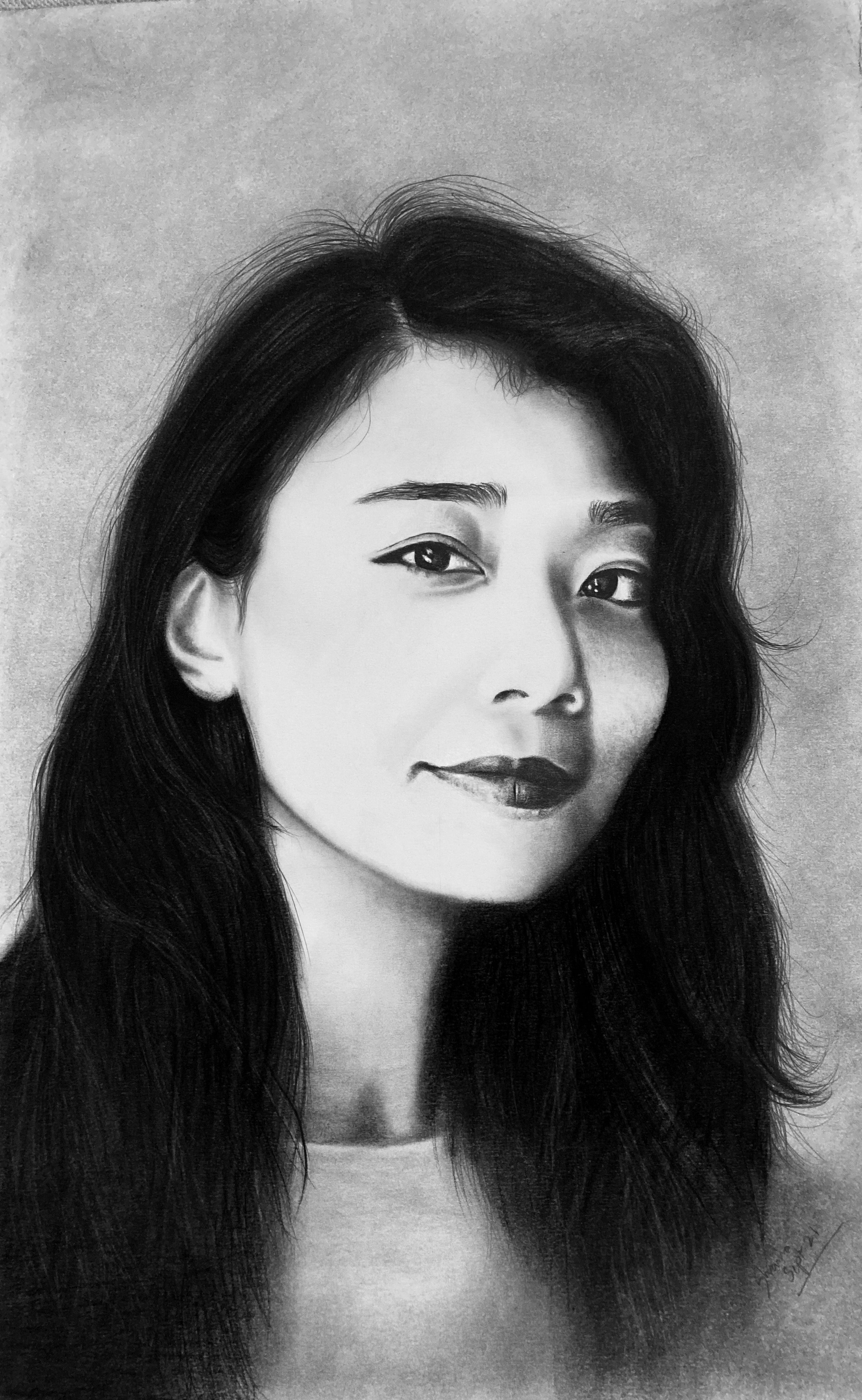Princess Ashi Kesang Choden T
WOW Woman Bhutan - Buddhist Art & Cultural Conservator, Author
THE STORY
Bhutan’s relationship to the Arts goes as far back as the 7th century, however its training dates back to the 17th century when the first school to teach their thirteen traditional arts was established during the advent of Zhabdrung Ngawang Namgyal (Tibetan Buddhist Lama). The arts included: Paper Making, Stonework, Blacksmithing, Clay arts, Painting, Bronze casting, Wood, slate, and stone carving, Woodturning, Woodworking, Weaving, silver and gold-smithy, Cane and bamboo work, and Needlework as well as calligraphy.
The effect of this can be seen even in modern day Bhutan. When you walk down the streets of any of its cities, you will meet its past, present and future all at once. You will see traditional wall art, dating between the 12th and 18th centuries, passed down through generations covering ancient structures. Yet you will see modernization of today’s times with vehicles, dress and enterprises. And then you will see men and women deeply rooted in their history preparing the future generations to carry forward the very spirit that is Bhutan, merging the past and present for a hopeful future.
Ashi Kesang Choden T. is one such unique woman from Bhutan whose work is to preserve the past and cultivate the present for the future generations to know the essence of Bhutanese Arts and Culture. A member of the Bhutanese Royal Family, Ashi Kesang Choden T. is executive director of Bhutan’s Buddhist Art & Cultural Conservation Centre (BACCC) under the auspices of the Central Monastic Body and passionate about the history and culture of Bhutan. Compassion, Conservation and Continuity are the three pillars upon which the BACCC functions. “My grandmother, mother and family have always been involved in the conservation and continuity of Bhutan’s cultural and spiritual heritage. This work was a natural inclination for me.” shares Ashi. Her grandmother, Her Majesty the Royal Grandmother Gyalyum Kesang Choeden Wangchuck, has always been a generous supporter of cultural preservation over the years.
As per her interview with the Buddhistdoor Global, only 5% of Bhutan’s cultural heritage is on public display. A lot of the objects and sacred items are actually in the monasteries themselves, so unless you wish to go hiking for eight hours, you’re not going to be able to see them! It is under Ashi’s mission to enable the custodians of these sacred objects, the monks themselves, to conserve these arts, restore them as well as safeguard them for the future.
The biggest challenge BACCC faces is creating the awareness of what conservation and continuity means to Bhutan. “Trying to get the stakeholders to understand that is tough.” she says. “For example, we are encouraging the use of traditional techniques and materials for conservation and not replacing them with modern ones. We encourage the use of traditional stone & mud mixture called Saku in Bhutanese and not the modern materials like cement which are assumed to last longer and be stronger.”
The western approach of continuity of antiquities and culture is usually through preservation in museum-like conditions. Bhutan's unique heritage however, continues to be a living heritage as Bhutanese actively use its antiquities, spiritual objects and sacred sites in daily living. “The Bhutanese culture and spirituality is still a living heritage. With the advent of modernisation, as is the world over, the dangers of losing this heritage, is an imminent threat we are facing today. Therefore, the continuity of Bhutan’s practices, stories and its relevance to societies, communities and individuals is vital for the continuity of Bhutan and its people.” shares Ashi.
BACCC has had some resounding successes since 2013. This includes The Tashigomang Project where they conserved portable altars which are used to impart teachings and values through spiritual songs sung by travelling lay monks known as Lam Manips. BACCC was able to document and conserve over 35 tashigomangs in Bhutan as well as officially showcase them altogether. They also raised funds for the continuity of this tradition. Another project that is a tough challenge is the Digitization of Bhutan’s Antiquities. This is an ambitious 10-year project with the Central Monastic Body that is currently on-going. The project involves collection of data of all antiquities listed under the Central Monastic Body (Zhung Dratshang). It is hoped that this will create a comprehensive digital documentation that will preserve and encourage the continuity of some of the most rare and sacred objects that are unique to Bhutan.
How does she feel to lead such daunting and successful projects, more so something that preserves her country's legacy for a long time to come, is what I asked Ashi. “Personally, the biggest successes for me are moments when the younger generation take interest and immerse themselves in their own culture. It is being able to see the older generation impart their stories with confidence and joy rather than with hesitation and a fear that no one will listen to them. It is being able to see that spark of AHA moments in people’s eyes when they realize how valuable their stories and objects are.”
And I couldn't agree more. The real conservation of the legacy of our communities and cultures happens within our spirits when we share our history, learnings and stories with the future generations such that they may take the spirit far and wide in celebration of life itself while acknowledging the role the past played in creating the future.
Ashi Kesang has written three books on Bhutan and published numerous articles and continues to take the work of BACCC far and wide. With over 2275 monasteries in the Kingdom of Bhutan with over 500,000 artefacts that are in dire need of preservation, BACCC and Ashi have a lot of work ahead of them. Knowing her a little bit now, I can say that she is truly what I would describe the spirit of Bhutan, someone who embodies the past, present and future of her country through her words and work.
